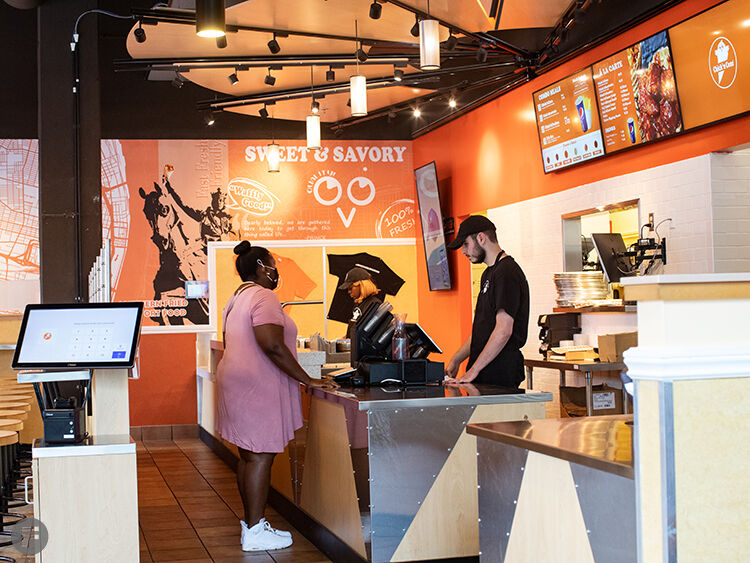

A few coats of polyurethane will help, but if you have access to a piece of counter top that may be a better choice. The downside to this is it won’t stand up to water forever. It is nearly an inch thick and very sturdy. We used a scrap of Premium Birch Plywood leftover from another project. Next, cut your piece of plywood or counter-top to size. Choose a spot outdoors, near a clean water supply, where you can spray everything down with a hose. Ours worked perfectly if set side-by-side, touching in the middle. You’ll have to judge placement based on the size of your sawhorses. Plastic is great because it is easily washed afterward. We used old plastic ones we had stashed away that fold flat. Tools: drill, tape measure, knife, jigsaw, pencil, saws as needed for cutting boards to lengthīegin by setting up your sawhorses. Sash Cord or Piece of Clothesline – 6 foot Plywood Board (or scrap of countertop) – 24″ x 46″ Our Best Chicken Cone Design: Self-Contained and Storable When Not in Use Item Eventually, we dismantled it and went back to the drawing board to think of a chicken cone design that could be stowed away when not in use. Our only issue with it was that it was bulky and took up a lot of room for something we use pretty infrequently. This design was more of a contained workstation, where everything could be done in one spot. It was created using an old cabinet the previous owners of our house left behind. We had one more incarnation of the chicken cone before our final design. It’s also nice to mix up a bleach solution in a spray bottle for sanitation and keep it nearby. It is nice to work outside, near access to clean water (i.e., a hose) so that you can simply spray everything down as needed.It is really optimal to have everything you need in one contained workstation so you don’t have to travel around with the animal.Your cone should sit down low, almost into the bucket so that everything that flows out of the chicken gets caught in it.Here are some lessons we learned from our first experience. Then we brought the bird over by our house for the plucking and dressing. Because it was up so high, the bucket didn’t catch nearly everything. A bucket underneath caught some of what fell but really it was a mess. It simply hung out over my husband’s workbench, anchored down on one end by something heavy. Our chicken cone was made by cutting a hole in a piece of plywood to drop the traffic cone down into. That first harvest, we were a little scattered. Our first experience with harvesting chickens came when we had our first mean rooster. Whether you are trying out raising meat chickens or you just have a few birds from your laying flock that you’d like to stew, a chicken cone is a basic tool to have on hand and it can be made quite cheaply.


 0 kommentar(er)
0 kommentar(er)
